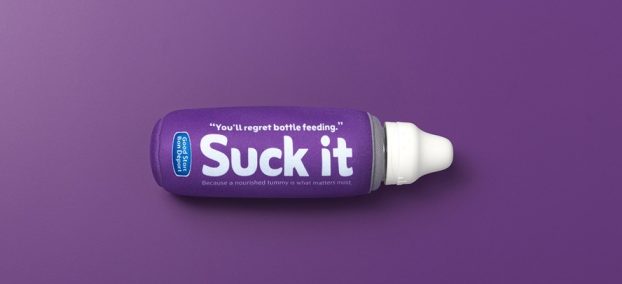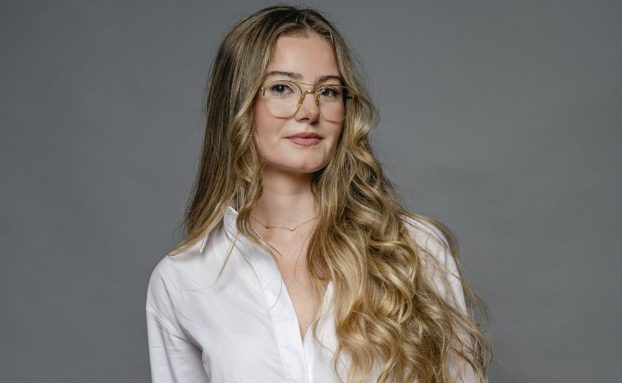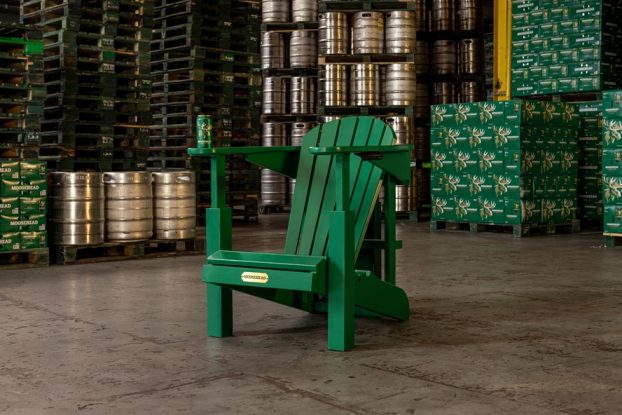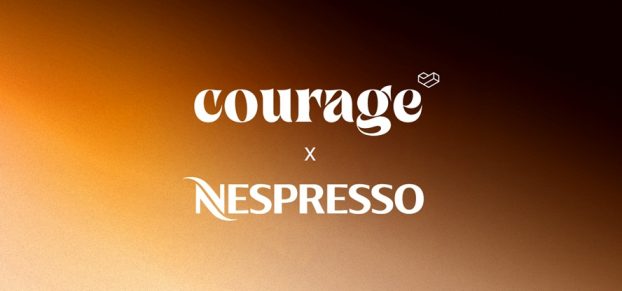Magicians, mimes and mascots – you’ll see all three carousing about exhibition halls in the name of company awareness at various trade and consumer shows across the country.
These tactics are fun to watch but do they work? It depends.
For one thing, show managers have to set a limit on this sort of participation – or things will get out of hand, according to Fred Cox Jr., VP of National Event Management. ‘That tends to be something that goes with sponsorship packages because, all of a sudden, everyone and their brother wants to send a Scooby Doo around the show floor,’ he says.
Besides, you need to do more than just get attention. As with any form of marketing, trade and consumer show participation must tie into a brand’s personality, according to International Training and Management Company exhibitor consultant Barry Siskind. In other words, if you insist on having a magician, make sure he or she pulls your product out of the hat.
Hiring a celebrity as spokesperson for a product also works but, again, it makes more sense if the celebrity is tied to the brand. For instance, Debbie Travis, host of The Painted House, could represent a paint company at a home show, he says.
Celebrities bring a certain cachet to an exhibit but nothing beats a well-designed booth, according to many show managers. Motion is often cited as the number one attention-grabber. Whether it’s demos, games, lights or contests, movement of any kind seems to help build traffic, Siskind says.
He does warn, however, that some exhibitors, flush with the power of this knowledge, take it overboard and try to do too much in too little space. ‘The trick is to get one idea and really work it,’ he says. ‘The more you try to get out of a little space, the less likely you are to succeed.’
Something a little different can also attract some press attention, which further extends your message. Donald Ziraldo, founder and president of Inniskillin Wines in Niagara-on-the-Lake, Ont., learned that lesson well at this year’s VinExpo in France. VinExpo, considered the Olympics for the wine industry, is nothing short of huge, attracting some 50,000 visitors. ‘It’s the show I’d never miss because the entire world shows up,’ he says.
Exhibitors include vineyards that have been in business for hundreds of years and issue invitations to attend chateaux dinners via private helicopter. Add in some champagne houses that think nothing of spending piles of money on multi-level exhibits complete with full formal restaurants overlooking the show, and you’ve got yourself a recipe for some seriously dramatic uses of space.
But while Ziraldo’s booth was indeed striking – complete with a backlit frosted ‘ice’ floor and wall – it turned out that a small, brilliantly on-target point of difference made the sale.
In a sea of red wine offerings, Ziraldo found that attendees went wild for the refreshing taste of Inniskillin’s Icewine. Thanks to the unique sample, the comparably small booth ended up being so popular that rumours started to circulate suggesting that show organizers might close it down because it was causing congestion at a key traffic area. Ziraldo says that the rumour mill, and the subsequent press in the local newspapers, only made the exhibit more popular.
The timing couldn’t have been better. Inniskillin had just recently won the right, after many long years of battle, to market its product in the EU.
The cost of participating in such a show is heady – but well worth it, he says. ‘It would take a year to do what I managed to do in one week.’
Not all shows are so dramatic in scope. The New York Wine Experience is at the other end of the spectrum, with absolutely no room for showmanship whatsoever, says Ziraldo. The show’s organizers insist on a level playing field for all participants. Every vineyard is given the same display – a simple table covered in a white cloth, with place cards to detail the samples. The show forces the product to speak for itself – not the kind of atmosphere with which many marketers are very comfortable.
Some of the more dramatic examples of branding don’t come from industry insiders at a trade or a consumer show. Rather, they come from the sponsors – the companies, generally national, interested in branding themselves at the show without actually setting up a booth.
Dwayne McKillop, national sales manager for DMG World Media, specializes in finding corporate sponsors for hundreds of shows each year. ‘We try to make people stand out,’ he says of the packages his team designs for the sponsors. Some of the more interesting projects he’s worked on include Volkswagen Canada’s showcase for the Beetle. Appearing at various home shows, the ‘Get the Bug out of your Garden’ display placed five colourful Beetles in the midst of an actual garden setting. DMG’s Chrysler Dream Garden offered up another variation on the theme.
McKillop also put together a program for now-defunct Canadian Airlines to target industry players at the National Petroleum Show, which encompasses the entire Calgary Stampede grounds. Traditionally, golf carts have been used to swiftly carry messages to and from exhibitors. This program had the golf carts re-designed to look like miniature airplanes, says McKillop, thus boosting exposure to reach almost every attendee.
Some non-core participants are not interested in a booth or a sponsorship, but instead simply want to reach visitors through sampling. ‘Some of the bigger companies have gone into sampling in a big way,’ says National Event Management’s Cox. Hiring a team of young, outgoing people to enthusiastically offer up samples is a good way to target a particular market, he adds.
For instance, Pfizer’s confectionery division, Adams, is involved hiring third-party concerns to take care of sampling projects in various cities across the country. It’s an effective way to introduce a huge number of people to a new product in very little time, says John Vares, category manager for new products at Adams. The key is choosing sample teams that reflect the personality of the brand at hand. ‘You need to make sure you don’t blend in with the rest of the crowd,’ he says.
Thus, given the task of sampling BodySmarts, a line of candy bars and fruit and yogurt chews fortified with protein, vitamins and minerals, Vares used high-energy, sporty types in bright yellow jackets and snowboarder-style hats to distribute at trade shows and on the streets. Because the product was brand new at the time, the company also made sure there was opportunity for some interaction to explain its benefits.
Similarly, when Adams launched a new flavour of Halls cough suppressant candy, the sample team shone through the crowd in silver outfits accented by the new flavour’s colour (red, in this case, for strawberry).
However, as an established brand, Halls did not need to be introduced to consumers in the same manner as BodySmarts did. This time the focus was on reaching large numbers of people with little interaction, in order to pass out as many samples as possible.
While historically Adams has generally taken a booth at trade shows, the division no longer sees the need and instead generally pays a fee to offer samples freestyle. ‘It’s better to take it out on the floor, mingle, catch them on the way out and the way in,’ Vares says.
These face-to-face programs are critical, he emphasizes, particularly for new products. ‘In order to get ongoing purchases, people have to try the product first.’
Most importantly, research shows that not only do giveaways reach a target audience quickly and effectively, but they lead directly to revenue. ‘We do notice a lift in sales following sampling programs,’ he says. WC























